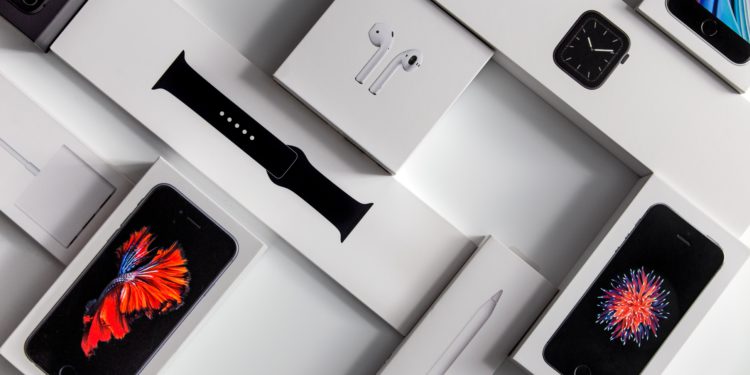With the exception of the MacBooks' trackpad, Apple has eliminated Force Touch technology (also known as 3D Touch) from its products. However, it seems that the company is still pursuing the idea of introducing Force Touch in another form, with new patents revealing next-generation force sensors for the Apple Watch, MacBook, and even the iPhone.
The US Patent and Trademark Office recently (via Patently Apple) published several Apple patents related to force-pressure sensors. These patents describe how these sensors can be used for various purposes in Apple devices. One of the patents shows force sensors designed for "small form factor devices" such as the Apple Watch and even the AirPods. Traditional force sensors require "significant volume" in the product, making them difficult to incorporate into certain devices. With the new technology, Apple would be able to create a pressure-sensitive surface using microelectromechanical fluid pressure sensors.
Apple is testing smart bracelets for Apple Watch
The patent shows an Apple Watch with a pressure-sensitive side button, suggesting the company could replace the physical buttons with new buttons based on pressure sensors. Earlier this year, another patent showed a new Digital Crown that uses optical sensors instead of mechanical rotation, so perhaps Apple is looking for new ways to make the Apple Watch more robust with fewer moving parts. Interestingly, a second patent shows how the company has been testing pressure sensors to create smart bands for the Apple Watch that are capable of measuring blood pressure and even pulse wave velocity. Rumors suggest the Apple Watch Series 8 will have new health features, so we could see more of those later in the year.
Is 3D Touch coming back?
Other Apple patents show how micro-electromechanical fluid pressure sensors could be used in the trackpads of MacBooks and even under the iPhone display to "precisely detect small or gradual changes in force." Of course, the description suggests that the technology would enable a similar experience to 3D Touch. The patent numbers indicate that the technology combines several small modules together rather than using a single component. Perhaps this will allow Apple to bring 3D Touch back with a technology that costs less and can be more easily integrated into multiple products. The iPad, for example, never had 3D Touch due to its complexity. There are no rumors of 3D Touch returning to the iPhone, though, so it could be a few years before these technologies see the light of day, or they could just remain an idea. (Photo by Unsplash / Saad Chaudhry)





